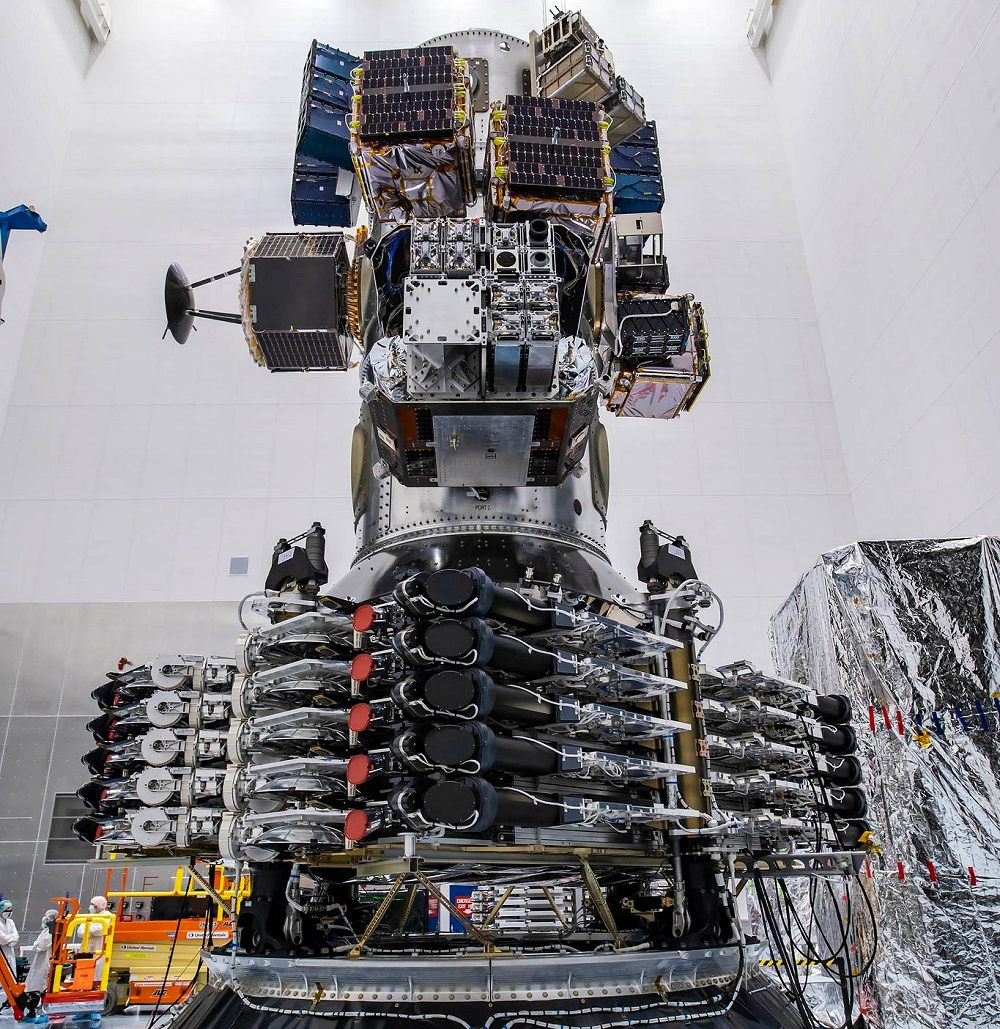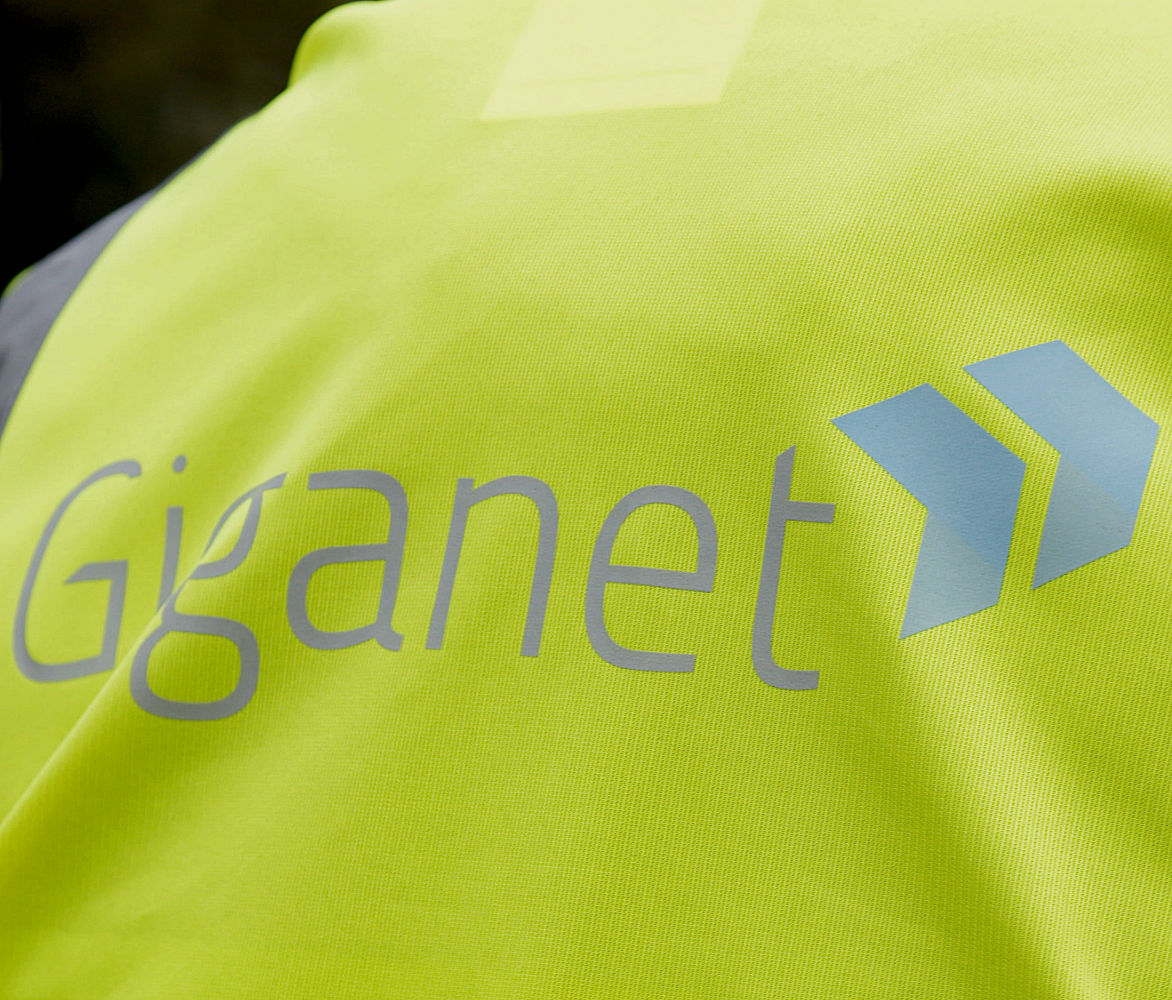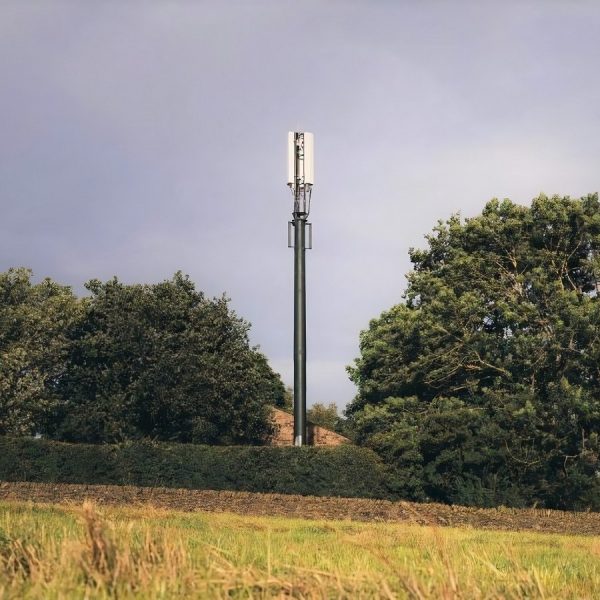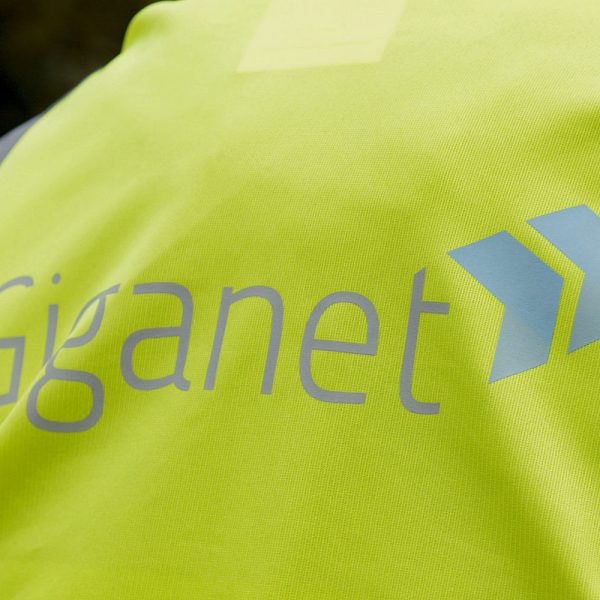Starlink Sets Tentative Plans for Gen2 LEO Broadband Satellites

SpaceX has started to set out some tentative early details for the future second generation (Gen2) of their Low Earth Orbit (LEO) focused Starlink ultrafast broadband satellites, which would be larger, faster (data) and could push the size of their mega constellation to total 29,988 satellites.
At present SpaceX has well over 1,600 ‘active’ LEOs in orbit (out of 1,740 launched) and their initial ambition is to deploy a total of 4,425 by 2024, which could potentially then be followed by as many as 12,000 at a later date (possibly late 2026). The service has already gone live in the USA, Canada, UK and is now extending into Europe and other parts of the world, albeit still in a pre-launch beta phase.
Beta customers in the UK have to pay £89 a month for the service, plus £54 for shipping and £439 for the kit (dish, router etc.). But for that the operator claims you can expect to receive unlimited usage, fast latency times of 20-40ms, download speeds of between 50-150Mbps and uploads of c.20Mbps (such figures will improve as their network grows).
However, a new filing with the Federal Communications Commission (FCC) – as spotted by CNBC – has revealed a little more detail about their plans for the future Gen2 satellites. The new satellites would be designed to deliver even more data capacity because “demand for more broadband continues to grow unabated,” said the filing.
Summary of Gen2 LEOs
➤ Gen2 satellites will be heavier, larger and generate more power.
➤ Gen2 will be able to accommodate additional payloads (e.g. sensors, antenna – perhaps aiming to compete with OneWeb here).
➤ Gen2 would be deployed at nine altitudes between 340km to 614km.
➤ Gen2 would boost global coverage by deploying LEOs at multiple inclinations to more evenly spread capacity by latitude. Better coverage in the polar regions (e.g. Alaska), which OneWeb have also targetted, is another goal.
➤ Gen2 will add “advanced propulsion capabilities” to reduce the risk of collisions to “zero“, at least while such systems remain operational (uncontrolled LEOs would burn up in Earth’s atmosphere in less than 4 years, which sounds about right for the altitude they’re at).
➤ Gen2 will be more resistant to collisions and debris escape, should they occur. “Although the design of these protective features is still being finalized, SpaceX has improved redundancy in the power and propulsion systems,” said the company.
➤ Up to around 400 Starlinks at a time could be launched via SpaceX’s new mega sized Starship rocket (vs 60 for Falcon 9). The goal is to use starship for Gen2, but if delayed they’ve also set out a plan for using their dependable Falcon 9 rockets. LEOs launched via Starship would also be able to achieve operational status in weeks rather than months.
Sadly, we don’t get much in the way of raw technical detail on the aforementioned improvements, only vague generalisations. Likewise, it’s not clear how long it would take SpaceX to complete the deployment of so many LEOs (the goal for 12,000 is late 2026), although we imagine they won’t be able to put a date on that until they know how Starship fairs (that’s still very much a rapid R&D project).
However, at the start of this year a space reporter for CNBC, Michael Sheetz, posted what looked to be a slide from one of SpaceX’s presentations (here), where it clearly states that the current download speed of c.100Mbps will in the “future” reach 10Gbps to a “user” (it’s unclear if this reflects residential or business customers etc.). We assume that to be part of their Gen2 design.
One group that probably won’t be too pleased with all this is anybody working in observational space science (astronomy etc.). Such a massive network of LEOs is only going to make it much harder to observe, from earth, events that take place in the surrounding universe.
Mark is a professional technology writer, IT consultant and computer engineer from Dorset (England), he also founded ISPreview in 1999 and enjoys analysing the latest telecoms and broadband developments. Find me on X (Twitter), Mastodon, Facebook and Linkedin.
« Sky Broadband UK ISP Users Struggling to Access Ionos Sites UPDATE7
ISP BT Launches Free UK FTTP Broadband Speed Boost Trial »
Latest UK ISP News
- FTTP (5515)
- BT (3514)
- Politics (2537)
- Openreach (2297)
- Business (2262)
- Building Digital UK (2244)
- FTTC (2043)
- Mobile Broadband (1973)
- Statistics (1788)
- 4G (1664)
- Virgin Media (1619)
- Ofcom Regulation (1461)
- Fibre Optic (1395)
- Wireless Internet (1389)
- FTTH (1381)





























































a satellite broadband story..
Will ranting Randy aka ‘Permanently Pseudo-intellectual’ have yet another meltdown, or has she finally sought the help she so desperately needs?
Be interesting to see how larger satellites stack up in terms of albedo, given the issues they’re already causing for ground-based astronomy. The small ones are bad enough – big ones aren’t going to be any dimmer.
Watch the thunderf00t videos on Starlink if you have an open mind and can stand some objective (for the most part) criticism.
What a surprise, it’s ranting Randy aka ‘Permanently Pseudo-intellectual’ now aka ‘Billy Nomates’.
You poor soul, you just couldn’t resist!
Seek help now… if not sooner.
methinks you seem to need some help there buddy. you ok?
don’t worry pal, the satellite beams won’t hurt you.
Your rank hypocrisy is showing again ranty Randy.
Don’t worry gal, the ‘lefty-wefties’ won’t hurt you.
If they can provide 500/50 for £90 I might consider it, 4G will have to tide me over in the mean time.